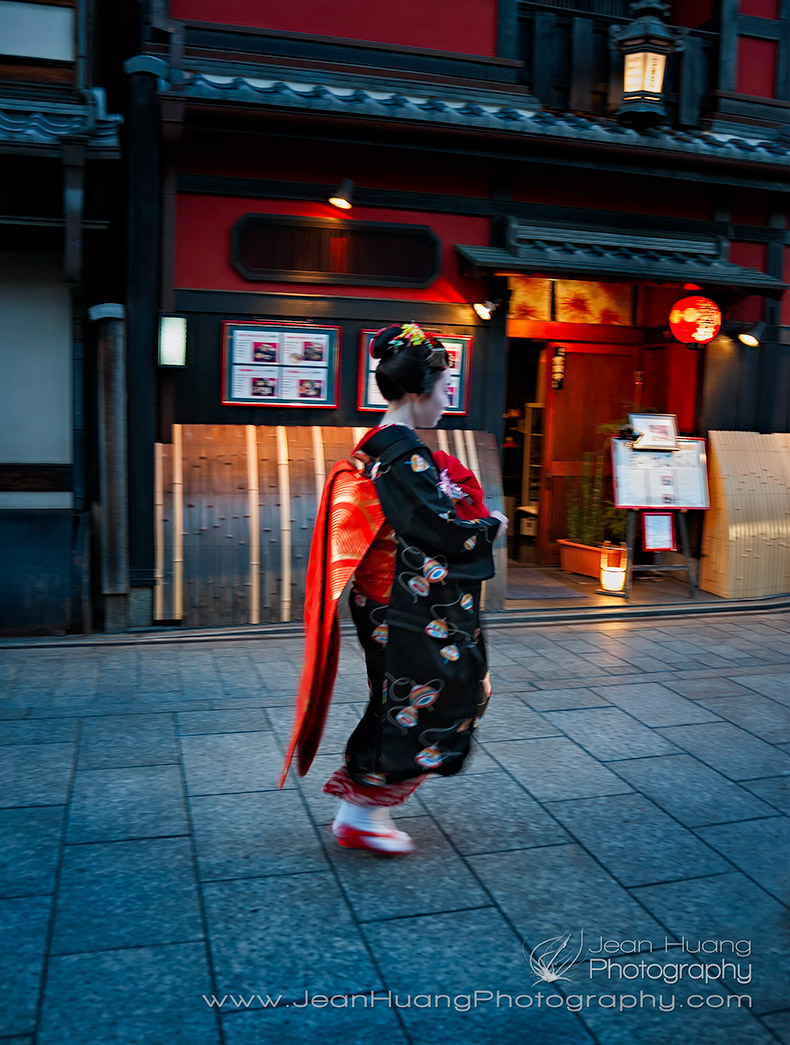As you know, I visited Niagra Falls recently. It's a circle that took me 10 years to complete. For that reason, and also due to my fine quality of being easily distracted (or hardly focused), I took full advantage of walking slowly and checking every angle and perspective so I could get as full of an experience as I possibly can. As a result, I saw a lot more than the Falls, even more than the beautiful rainbow arched in front of the Rainbow Bridge.
Before we adjourn, I wanted to loop back to our last post and congratulate Miranda Otte for being the first to answer the question about the situation that we ran into while in Kinosaki, Japan correctly. I will be in touch soon to send you the prize. That's right, we paid big price to be in Kinosaki, and now I'm paying a prize. Hehe...
For those that missed the opportunity to grab the prize, you have one more chance.
Last time, we stopped where we were supposed to leave the small town famous for its hot springs. And as Miranda, and many others that answered via emails, pointed out, we did not have money left to take the train, the only way to leave this area and to head for Kyoto. What ideas do you have, if you were us, to get out of there?
Here are the simple rules:
1. All eligible answers must be entered in the Facebook comment box below, with "Also post on Facebook" box checked.
2. We are looking for the most interesting/innovative/practical idea. The answer with the most "likes" wins.
Ready, set, goooood luck! :-)































